A baby orca was saved by three whale watching companies, this Wednesday, 1st of August, off Sagres. This juvenile orca was part of a larger group that moved westwards, on a common migratory route at this time of year, from the Mediterranean.
According to the company Mar Ilimitado, in a Facebook post, this was “a very emotional sighting, as we noticed that a juvenile was trapped in a fishing line. After a long time, and together with two other companies SeaXplorer Sagres and Sealife – Dolphin Watching Algarve, in a great team effort, we were able to release the animal».
«After several turns and a cable cut without result, we managed to secure the remaining cables of the fishing gear with an anchor – with the help of a person in the water – and then hoist the animal aboard one of the boats to be able to cut the rest (he was stuck by the tail)», tells Mar Ilimitado.
The same group of orcas (five) had been sighted, around 13:00, by the company Dream Wave, traveling west, about 3,5 miles south of Praia de Benagil, in the municipality of Lagoa.
According to Dream Wave, «the animals were between 6 and 8 meters long», and «the correct identification of the species was made by biologist Tiago Sá, from Dream Wave, aboard one of the company's vessels».
In addition to Dream Wave employees, «about 120 lucky tourists», aboard the company's vessels, «had the opportunity to enjoy a fantastic observation of these imposing animals».
Orca is the largest member of the dolphin family and is a superpredator versatile, which includes in its diet prey such as fish, molluscs, birds, turtles, seals, sharks and larger animals when hunting in groups, such as whales.
The killer whale is often referred to as a “killer whale”, a direct translation from English. killer whale, although this is an incorrect designation, since the animal is not a whale, but a dolphin and, much less, is a killer.
This is the second mammal with the largest geographical distribution area – right after man – and is found in all oceans, weighing up to nine tons.
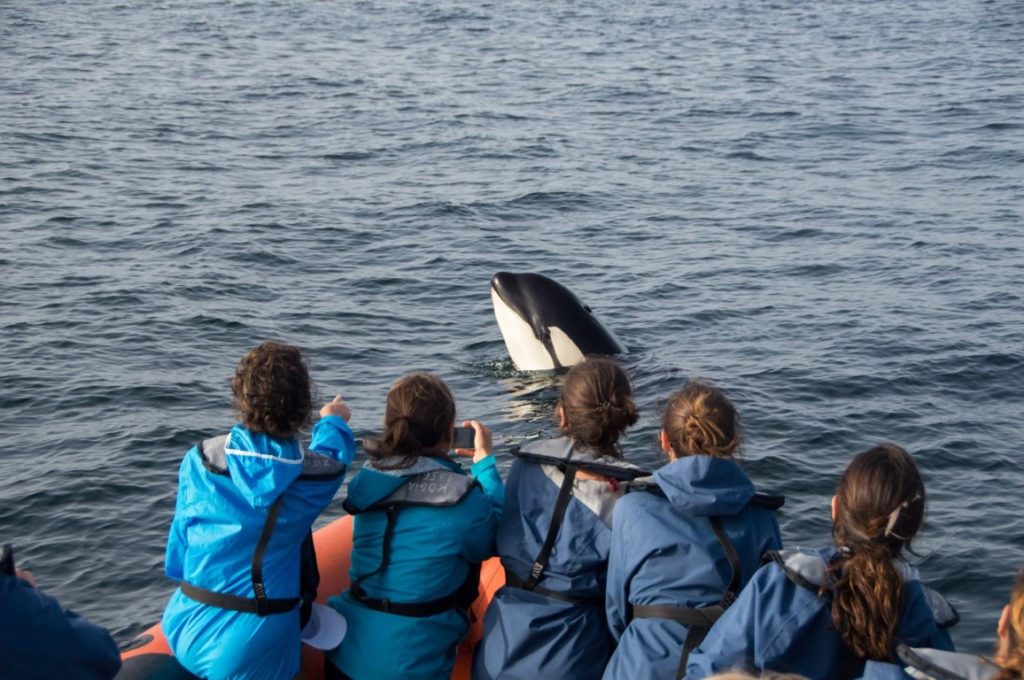
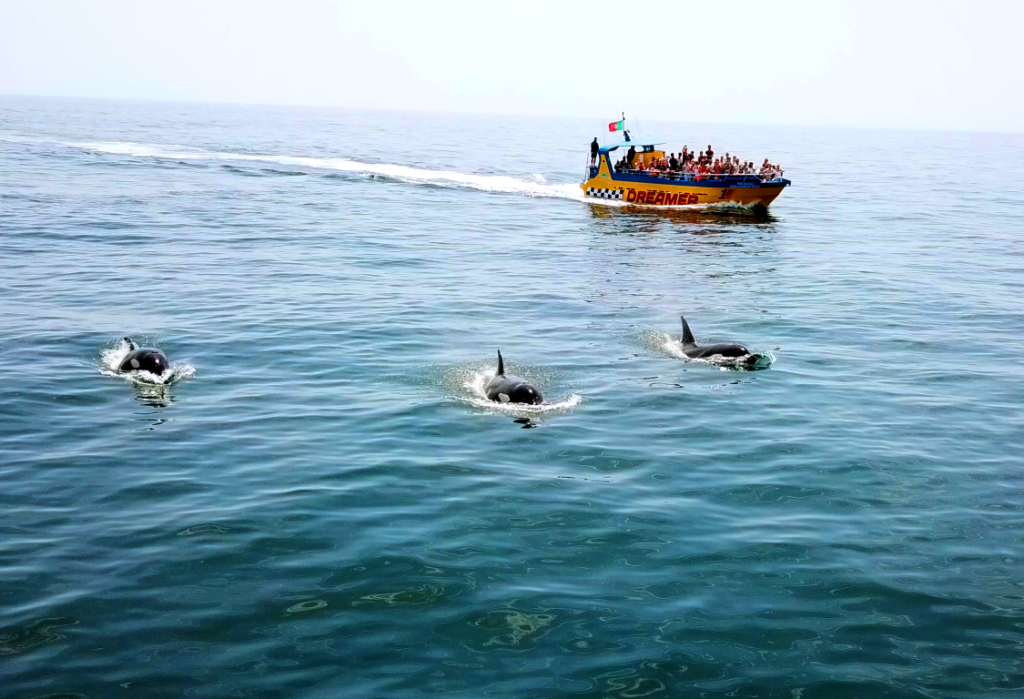
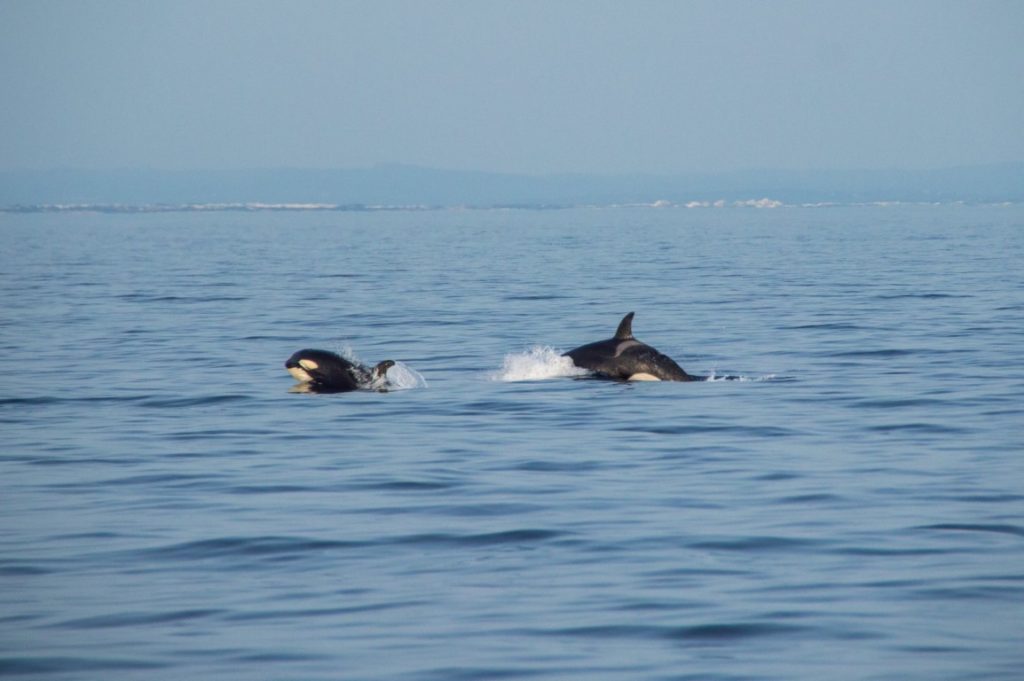
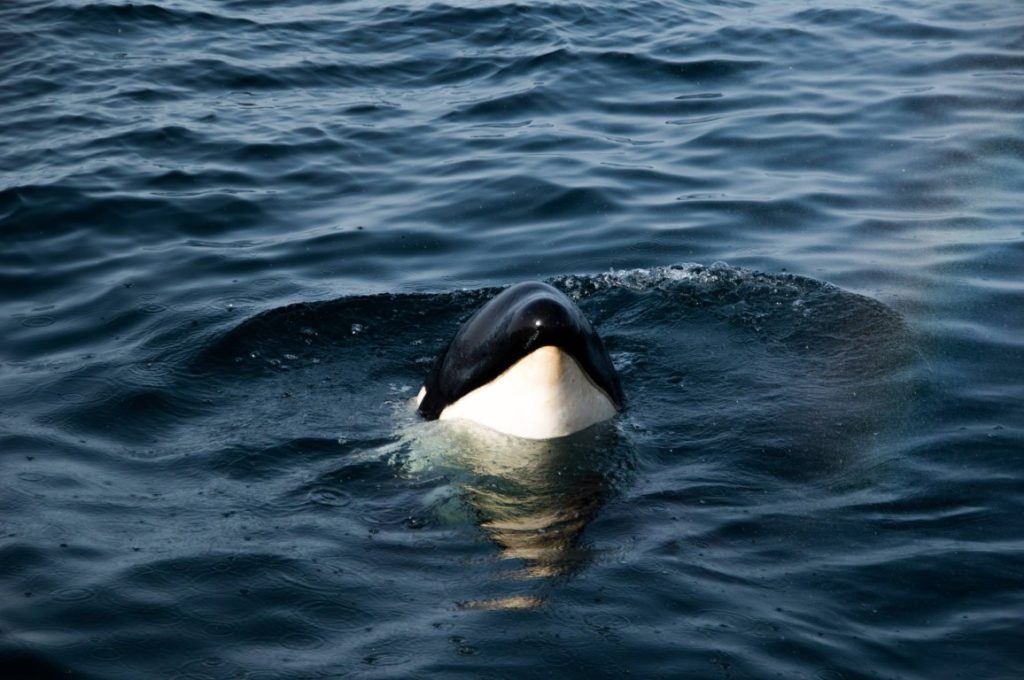
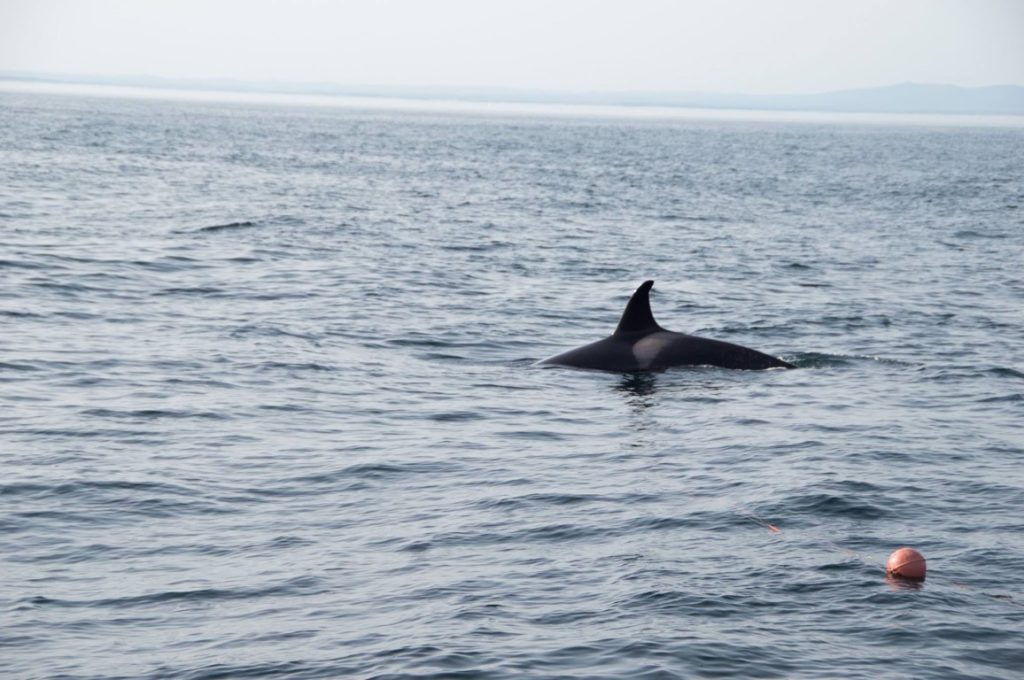


















Comments